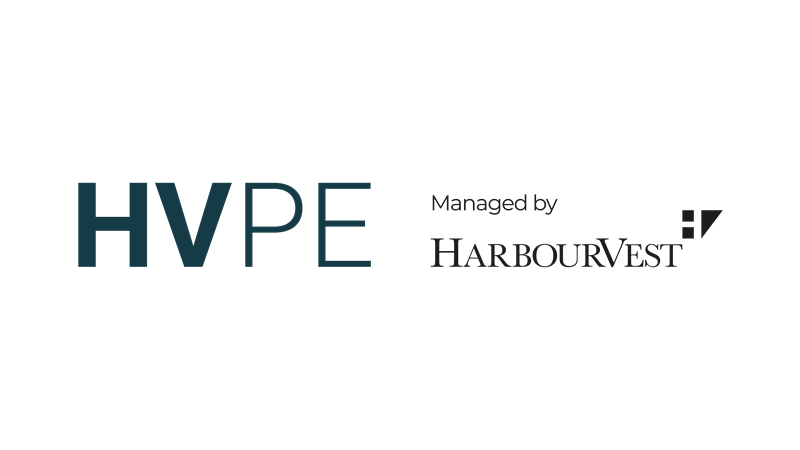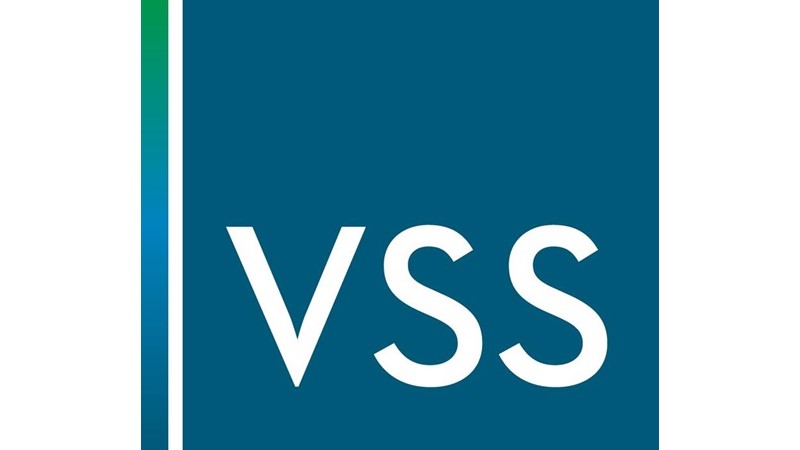Investors Have An Appetite For Impact Solutions Despite The Covid-19 Crisis
Partner Content provided by WM Nexus
Impact investors favour strategies and investments offering solutions to environmental or broad societal challenges, delegates at the WM Nexus event ‘Multi-Asset Class Strategies in ESG and Impact’ have heard.
In the virtual debate, delegates heard from David Scott, chairman of LGT Vestra and Tribe Impact Capital and Evita Zanuso, senior director for the financial sector and investor engagement at Big Society Capital.
The debate was chaired by Jan Kvapil, a senior portfolio manager at NN Investment Partners.
Supply and demand
Kvapil first asked which areas investors were most interested in terms of asset classes, themes and goals and whether some great opportunities did not receive enough capital flow.
Scott said: “There is no shortage of supply. We set up Tribe because we thought individuals felt exercised about certain things in society and the economy and they wanted to do something about it. There were small projects and small companies doing good things, but it was hard for an individual to connect with those entities.”
He added that even three or four years’ ago, the big private banks had a natural fear and reticence about placing clients into this sort of investment.
Zanuso said supply is sometimes dependent on asset classes, but there is no shortage of opportunities in property and in venture capital.
The process at Big Society Capital was to start with the social issues affecting society first and to work “backwards from there”.
She added: “Starting with the problem, we look for partners that understand those issues and can contribute to solutions.
“We focus on the business models that can create impact and where the ability to attract private capital can bring solutions at scale.”
Seeding and scaling
She divides this broadly into seeding and scaling.
“Seeding is where we are investing in new ideas, often piloting new funds. We helped create a fund that specifically alleviates the poverty premium, so that’s investing in business models that make basic goods and services such as salary finance for those on the lowest incomes. Or where we recently piloted a new fund that invests in food brands that tackle childhood obesity.”
The firm has a more flexible approach to risk and return and may wait things out for some time allowing these models to prove themselves to be scalable.
While there are fewer investors who take such as flexible approach some family offices and foundations are motivated by these issues and invest alongside.
She said scaling has a longer record of success. For example, six years ago, her firm invested in a homeless housing fund. The fund was buying housing for the homeless which was then leased to a homeless charity which provides those housed with other practical support. The return comes from housing benefit payments.
The fund manager now has a firmly established model for this kind of investment and is attracting investors including pension funds.
With more innovative seeding, it is a little harder, she added.
Impact DNA
As it seeks to match investors with investors, Tribe Impact Capital has worked with a behavioural psychologist to devise what he describes as a system for assessing a client’s ‘Impact DNA’.
This means helping someone understand not just their financial profile and risk tolerance but their sense of purpose and the impact value they want their money to have.
“We looked at this from both the impact and investment point of view. We feel the two can sit alongside each other. Clients want a financial return – this is not philanthropic monies – but they need to have them aligned with their values to create a positive impact. It allows us to map those clients to those UN Social Development Goals (SDGs).
“Then we go out and seek investments that fit with what they are trying to achieve. That will include public markets and private markets.”
He said that private markets are harder to access for individual investors and some regulatory obstacles.
However, he has also seen clients first try smaller impact investments then asking to apply the approach more widely to their bond and equity portfolios.
Following up on the SDG theme, Kvapil asked what framework could be used to help investors decide whether they should invest in social housing or an emissions reduction project. In addition, should they be seeking to address one impact or diversify across the SDGs?
Scott said: “It tends to be more environmentally focused. You can group the SDGs into three or four main themes. It is rare that someone is just on one or two. There is cross-over. Yet in the main people are exercised about the environment and society.”
ESG versus Impact
Kvapil then asked the panel where they stood on companies that were striving to improve.
“Is this a philosophical question - to invest in the best in class or a company that is trying to become better?”
Zanuso said that one description is that “ESG is doing the thing right and impact investing is doing the right thing”.
“Yet we are only looking for enterprise models that are looking to solve a particular issue. We wouldn’t invest in a business that is looking to become better.”
She said she understands why you would invest in such a way, but also asked whether investors seeking to assess the performance of a company’s shift would be working to what could be a long time horizon.
Scott added: “In the main, we are looking for well-run companies solving big global challenges. ESG has been about the operations of companies. You can have a high ESG score but not really have an impact.”
He said clearly a big firm transforming – a BP or Shell moving to sustainable energy – could have a huge impact and perhaps more than a small business focused on one change.
“There is no right or wrong answer. We leave it down to our clients. The sincerity of the management to change is what we are looking for,” he said.
Sustainable derivatives?
Kvapil asked about the potential use of derivatives in strategies.
Scott suggested that in general his clients were looking for investments with a sense of purpose and derivatives could cloud that message.
“I am not sure the whole trading aspect sits alongside with long term impact investing,” he said.
Zanuso added: “People want to invest in something that is tangible and doing something positive, not far removed from them and derivatives add to that distance, though we might use it to hedge out a risk.”
The chair Kvapil said his firm took a different position deploying derivatives in one strategy.
“In our sustainable portfolios, we cautiously use derivatives but exclude those based on indices that would have us buying assets that are not suitable. This is mostly for tactical asset allocation and it gives us opportunities to enter and exit in a liquid way.
“In our green bond fund, we have a short duration version and it is achieved with a derivative overlay to accommodate investors who do not want duration but who do want to make an impact. We are eager to trade equities in line with our principles too.”
Public versus private markets
It was asked whether impact was more attainable in the private or public market?
Scott said: “There is sometimes confusion between ESG and impact. Morningstar and other analysts are scoring on ESG. Yet every companies in the world has an impact. What you are looking for is a net positive, but it is very hard to get the data.
“For a small private company that has set up recycling of waste food, impact is obvious. For FTSE 100 companies, it can be done, but it takes a lot of working through the accounts. However impact is not just private markets, there is impact to be achieved in public markets.”
Zanuso said: “There are plenty of opportunities for good ESG in public markets. You can have impact in public markets, but our focus is more on private markets.”
Her firm uses the Impact Management Project criteria to structure its approach and determine, among other things the depth, scale and duration of projects, whether the impact is long lasting and indeed, whether the impact would have happened anyway without a specific investment.
“In private markets, there is generally more additionality in terms of impact”, she said.
Will Covid-19 change attitudes to impact?
The final issue addressed was whether Covid-19 would help the case for impact investing or see investors return to a focus on financials to the exclusion of other factors.
Scott said: “Covid has made us reflect on what is really important. I think there has been a fundamental shift in where we are going. I am looking forward to the future, I want to invest in companies that are solving those challenges, companies which the person in the street is buying things and service from.
When we set up Tribe – we said let’s start a portfolio straight away. We don’t have to rely on studies. Let’s demonstrate what we have done over that period – proof is personal. I think that should become the norm. To me, this is a sensible way to be investing.”
Zanuso said: “There is huge momentum for impact investing. I have heard some comments suggesting that people will be more concerned with their financial situation than investing responsibly, but in terms of inquiries, I haven’t seen that.
“And it depends on the asset class. A big chunk of our investments are about providing Capex where government hasn’t invested but does provide revenue to investors. A lot of investors are interested in this type of impact investing as a diversifier and that is gaining momentum.”
Kvapil concluded: “I believe Covid will create challenges but it will be clear to governments these challenges will need solved, socially and economically so I think the momentum will not be lost, it will be enhanced.”
John Lappin is Contributing Editor at WM Nexus
© The Sortino Group Ltd
All Rights Reserved. No part of this publication may be reproduced, stored in a retrieval system or transmitted in any form or by any means, electronic, mechanical, photocopying, recording or scanning or otherwise, except under the terms of the Copyright, Designs and Patents Act 1988 or under the terms of a licence issued by the Copyright Licensing Agency or other Reprographic Rights Organisation, without the written permission of the publisher. For more information about reprints from AlphaWeek, click here.







